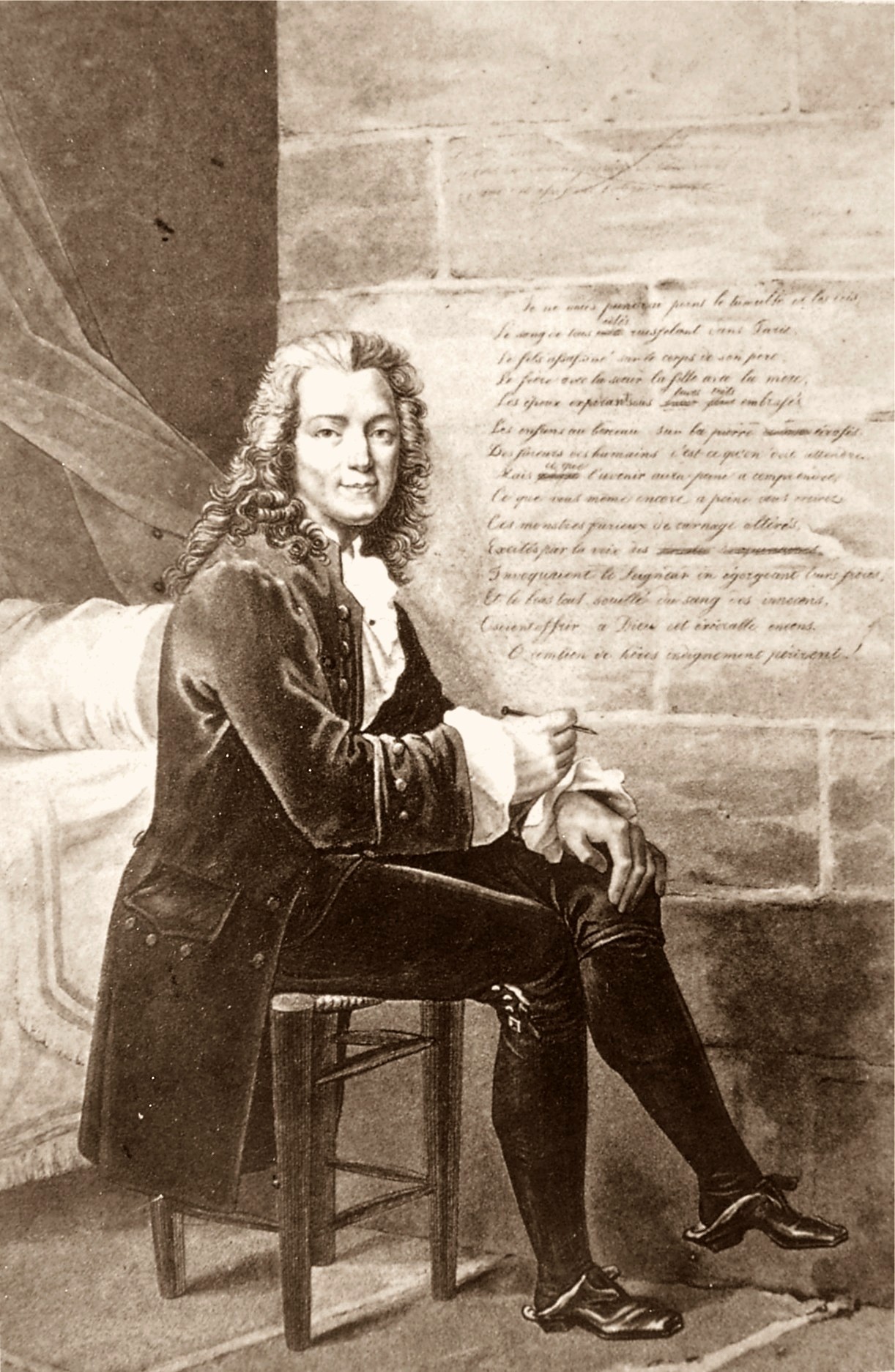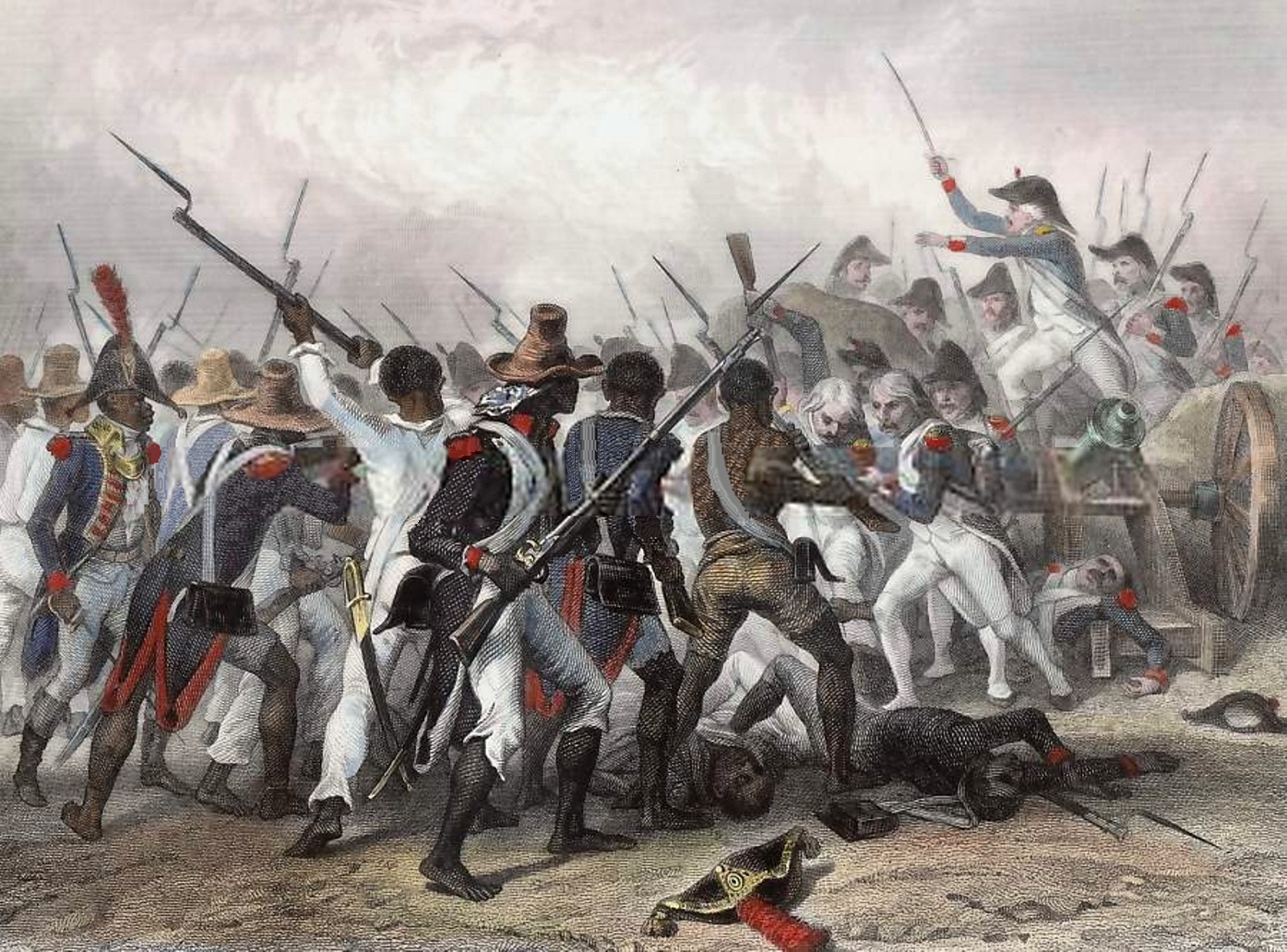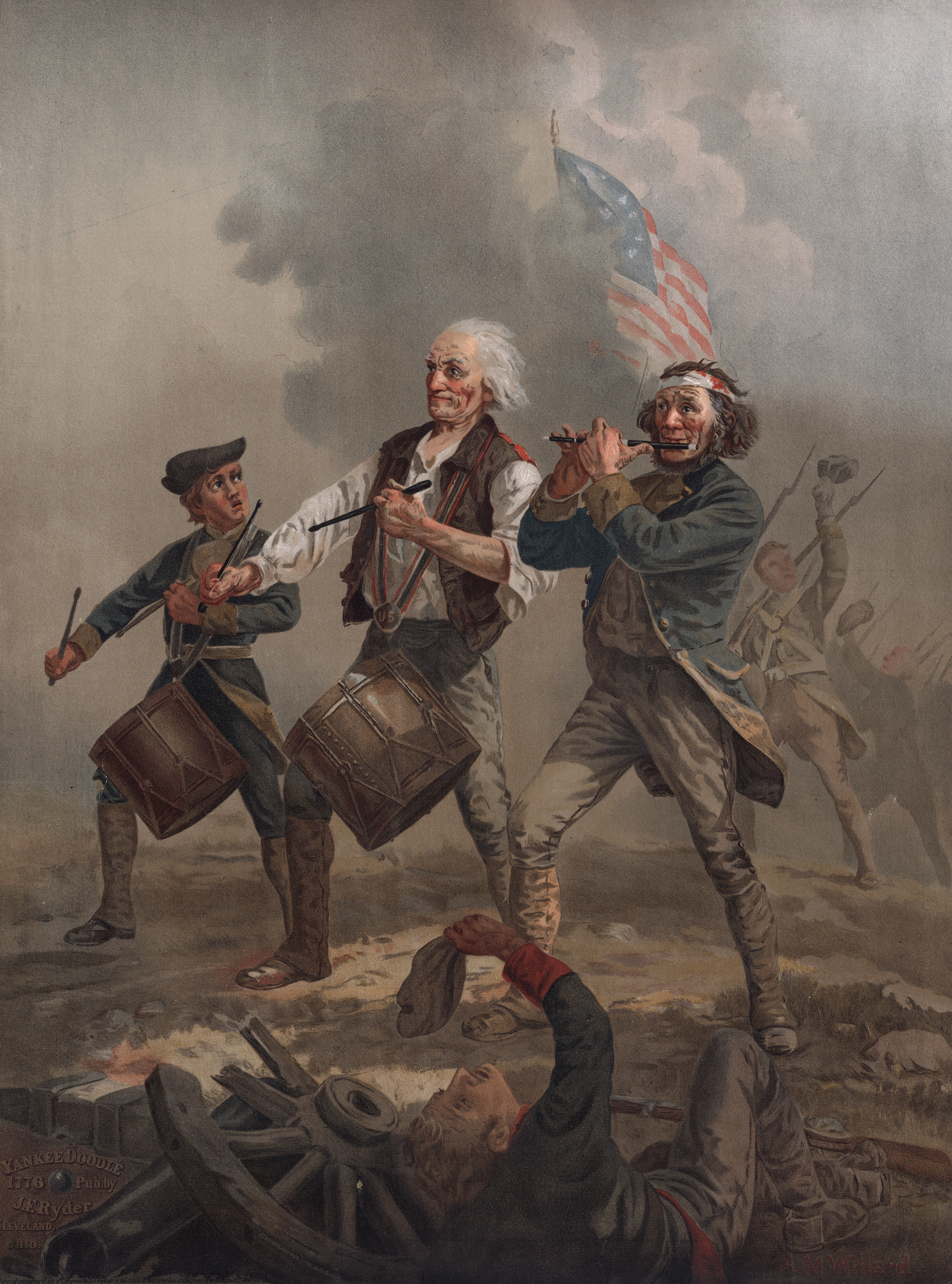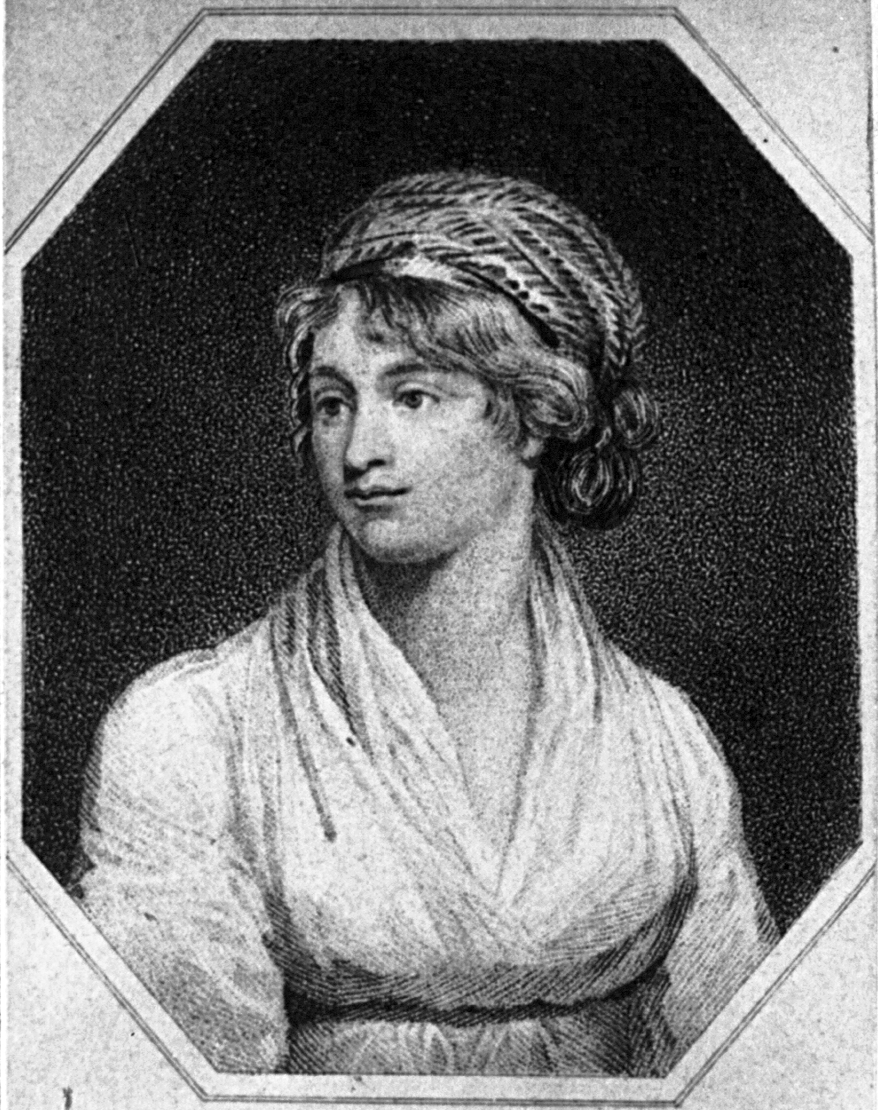Nationalism, Revolution, and Reform (1750-1900 CE)
Jean-Jacques Rousseau Statute, Geneva

The eighteenth century marked the beginning of an intense period of revolution and rebellion against existing governments, and the establishment of new nation-states around the world.
- Enlightenment thought and the resistance of colonized peoples to imperial centers shaped this revolutionary activity.
- These rebellions sometimes resulted in the formation of new states and stimulated the development of new ideologies. These new ideas in turn further stimulated the revolutionary and anti-imperial tendencies of this period.
I. The rise and diffusion of Enlightenment thought that questioned established traditions in all areas of life often preceded the revolutions and rebellions against existing governments.
- The Enlightenment ideals emphasizing the importance of the rights of man were first applied to government as a result of the French Revolution.
- As a result of this application, those ideals influenced both revolution and government formation around the world, starting with the Atlantic rim and spreading outward. European countries were affected by these movements first, though it spread quickly to the Americas. Later it began to seep into Afroeurasian politics as well.
- Italian city-states unite in 1865
- German city-states unite in 1870s
Detailed summary of The Enlightenment, including its roots in the Renaissance and links to antiquity.
Interactive timeline of Enlightenment Philosophy.
Link to Origins and Ideals of the Enlightenment
A. Thinkers applied new ways of understanding the natural world to human relationships, encouraging observation and inference in all spheres of life. [Teach one illustrative example of such thinkers, either from the list that follows or an example of your choice: Voltaire, Rousseau, Montesquieu, John Locke
Voltaire

-Voltaire was an Enlightenment thinker who denounced religion and the government. He established himself as a proponent of rationality.
-Rousseau was a French philosopher who preached about virtue and nature. His beliefs had impacts on politics, literature, and education.
-Montesquieu develops the idea of having a balanced system of government. The idea of the legislative, executive and judicial branch with equally distributed power became a key concept of the enlightenment.
-John Locke, a British philosopher believed that all people were created equal and should access to natural, liberal, human rights. The Creator (God) founded these rights.
B. Intellectuals critiqued the role that religion played in public life, insisting on the importance of reason as opposed to revelation
This article from the NY Times (2008) provides a differing view on religion and Enlightenment thinkers.
The Stanford Encyclopedia of Philosophy offers a comprehensive look at Enlightenment, with a section about religious thinking.
C. Enlightenment thinkers developed new political ideas about the individual, natural rights, and the social contract. [Teach one illustrative example of Enlightenment thinkers, either from the list that follows or an example of your choice: Locke, Montesquieu]
- John Locke was an English philosopher who made contributions in politics, government, and psychology. He is greatly credited with the idea of natural rights. His ideologies on natural rights was heavily used in the Declaration of Independence.
- Montesquieu was a political philosopher who focused on preventing corruption through the Separation of Powers, an idea that was used in the formation of the United States Government.
- Ben Franklin was a American thinker who only had two years of a formal education but he made many inventions and practiced reason.
- Thomas Hobbes was an English philosopher of the 17th century accenting the prevention of civil conflict through moral ideologies, human nature, and social contracts.
Link here for more information on key Enlightenment Thinkers
D. The ideas of Enlightenment thinkers influenced resistance to existing political authority, as reflected in revolutionary documents. [Required examples of revolutionary documents: The American Declaration of Independence, The French Declaration of the Rights of Man and Citizen, Bolivar’s Jamaica Letter]
Olympe de Gouges

The ideas of enlightenment thinkers led American and French leader to declare that their respective regimes (the British empire for america and the ancien regime for France) did not provide enough freedom for their subjects.
- In the American Bill of Rights and the French Declaration of the Rights of Man and Citizen, leaders took enlightenment principles and applied them directly to government documents.
- This is why these documents emphasize that citizens need certain natural rights - a departure from how the British empire and the french ancien regime saw their subjects.
Link to an overview of Causes and Events of the French Revolution
The idea of Enlightenment thinkers had remarkable influences on both the French and American Revolutions as well as the documents created out of those revolutions.
- This website provides some more background knowledge to how different thinkers held different impacts.
Simon Bolivar

Simon Bolivar's Jamaica Letter
 Simon Bolivar from 15 Minute History
Simon Bolivar from 15 Minute History
Enshrined and Oft-Invoked, Simon Bolivar Lives On, from NPR
Simon Bolivar Lesson Plan
Link to major developments in Latin American history in the 19th Century
 Timetoast timeline of Independent Movements and The Enlightenment.
Timetoast timeline of Independent Movements and The Enlightenment.

American Declaration of Independence
French Declaration of the Rights of Man and Citizen
Link to information in the American Declaration of Independence
Click here for a side-by-side comparison of the Declaration of the Rights of Man and Citizen and the Declaration of the Rights of Woman and the Female Citizen from University of California Fullerton.
Images of the French Revolution from the French Revolution Digital Archive from Stanford University.
E. These ideas influenced many people to challenge existing notions of social relations, which led to the expansion of rights as seen in expanded suffrage, the abolition of slavery and the end of serfdom, as their ideas were implemented.
(Ex. Emancipation of serfs in Russia in 1861)
For more information on antislavery efforts and the abolition of the slave trade in England, see World History II.8.
The Britannica website offers a comprehensive look at how Enlightenment influenced feminism and suffrage.
II. Beginning in the 18th century peoples around the world developed a new sense of commonality based on language, religion, social customs and territory. These newly imagined national communities linked this identity with the borders of the state while governments used this idea to unite diverse populations.
Nationalism expressed in communal Language.
Language is everyone's earliest personal acquisition. Its a secret territory shared with like minds, a refuge impenetrable by outsiders. It is an ideal weapon for resisting an invasive culture.
 |
| Scene of the Battle of Vertières during the Haitian Revolution; engraved in 1845 |
III. Increasing discontent with imperial rule propelled reformist and revolutionary movements.
A. Subjects challenged the centralized imperial governments. [Teach one illustrative example of subjects challenging imperial government, either the one that follows or an example of your choice: The challenge of the Marathas to the Mughal Sultans]
Social Contract- Many Enlightenment ideas stressed the importance of the rights of man and the freedoms that were due to him by his government.
- Here the initial thinking of social contracts was done by 17th century English philosopher, Thomas Hobbes. It includes primary source accounts of Hobbes' writings and orations.
- They stressed that should said government not give him those rights, he then has the right to take away that government's power and put in a new regime that will instill upon him those rights.
- The relationship between man and authority is two sided, where the authoritarian government provide with him his benefits, such as his natural rights, protection from foreign foes and aid should he request it. In return, the man should follow the rules of the government and obey it, or the government has the right to punish him.
- This was used as a pretense for the revolutions listed above, where the government was overthrown for not giving the people the rights they deserved.
A link to Indian History and the Rise of the Marathas Kingdom. The war between the Marathas and the Mughal Sultans was called the War of 27 Years.

B. American colonial subjects led a series of rebellions, which facilitated the emergence of independent states in the United States, Haiti, and mainland Latin America. French subjects rebelled their monarchy. [Required examples of rebellions: American Revolution, French Revolution, Haitian Revolution, Latin American independence movements]
The image to the right, originally entitled Yankee Doodle, is one of several versions of a scene painted by A.M. Willard in the late nineteenth century that came to be known as The Spirit of '76.
 |
| Toussaint O'Loverture, 1805 |
- There were several revolutions that were directly influenced by the French Enlightenment ideals:
- American Revolution (1775-83),
- French Revolution (1789-199)
- Haitian Revolution (1791-1804),
- Several Latin American movements (1810-28).
John Green Crash Course videos-
C. Slave resistance challenged existing in the Americas. [Teach one illustrative example of slave resistance, either the one that follows or an example of your choice: The establishment of Maroon societies]
Maroon societies were groups of rebel slaves in South, Central, and even parts of North America. They were the antithesis of slavery.
D. Increasing questions about political authority and growing nationalism contributed to anti-colonial movements. [Teach one illustrative example of anticolonial movements, either from the list below or an example of your choice: The Indian Revolt of 1857, The Boxer Rebellion]
-The Indian Revolt of 1857 started as a mutiny of sepoys from the East India Company Army and escalated into a full scale civilian rebellion. It has also been known as India's First War of Independence.
-The Boxer Rebellion was a peasant rebellion that tried to ride China of all foreigners.
E. Some of the rebellions were influenced by religious ideas and millenarianism.
[Teach one illustrative example of such rebellions, either from the list that follows or an example of your choice: The Taiping Rebellion, The Ghost Dance, The Xhosa Cattle-Killing Movement]
-Ghost Dance
-Xhosa Cattle Killing Movement
-For information on the Taiping Rebellion, see Key Concept 6.2 in the AP World History standards.
F. Responses to increasingly frequent rebellions led to reforms in imperial policies.
[Teach one illustrative example of reforms, either from the list that follows or an example of your choice: The Tanzimat movement, The Self-Strengthening Movement]
-The Tanzimat movement was a series of Ottoman Reforms that were heavily influenced by European ideas.
-The Self-Strengthening Movement was an effort to introduce and use Western technologies in China
IV. The global spread of European political and social thought and the increasing number of rebellions stimulated new transnational ideologies and solidarity.
- When successful, Revolutions usually lead to republican government, founded with the intent of introducing representative, constitutional governments. Often these benefited the white, male, middle class citizens, but in some cases there was emphasis placed on the abolition of slavery. Others placed weight on worker's rights or separation of church and state.
Nationalism and imperialism promoted competition between European states which steered Europe towards war in the beginning of the 20th century.
A. Discontent with monarchist and imperial rule encouraged the development of political ideologies, including liberalism, socialism, and communism.
-Definition of liberalism
-The key concepts of equality and communal ownership of property were integral to the emergence of socialism.
-Emergence of communism
B. Demands for women's suffrage and an emergent feminism challenged political and gender hierarchies.
Mary Wollstonecraft

[Teach one illustrative example of such demands, either from the list that follows or an example of your choice: Mary Wollstonecraft's A Vindication of the Rights of Woman, Olympe de Gouges's "Declaration of the Rights of Women and the Female Citizen", The resolutions passed at the Seneca Falls Conference in 1848]
For information on women's rights as social reform:
A Vindication of the Rights of Women, Mary Wollstonecraft (1792).
 Click here for a side-by-side comparison of the Declaration of the Rights of Man and Citizen and the Declaration of the Rights of Woman and the Female Citizen from University of California Fullerton.
Click here for a side-by-side comparison of the Declaration of the Rights of Man and Citizen and the Declaration of the Rights of Woman and the Female Citizen from University of California Fullerton.
Resolutions of the Seneca Falls Convention
Comments (0)
You don't have permission to comment on this page.